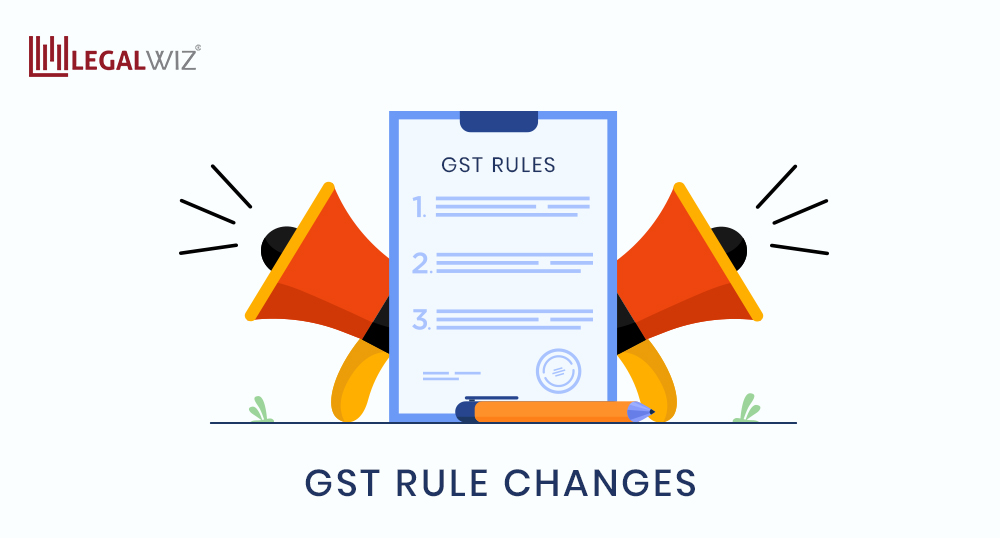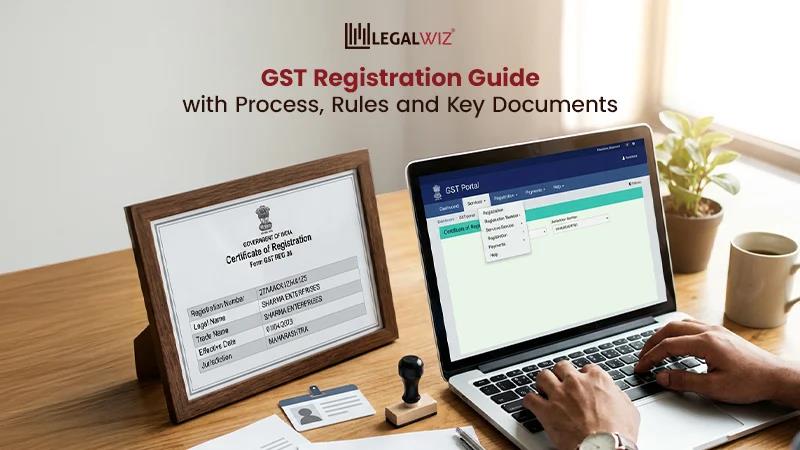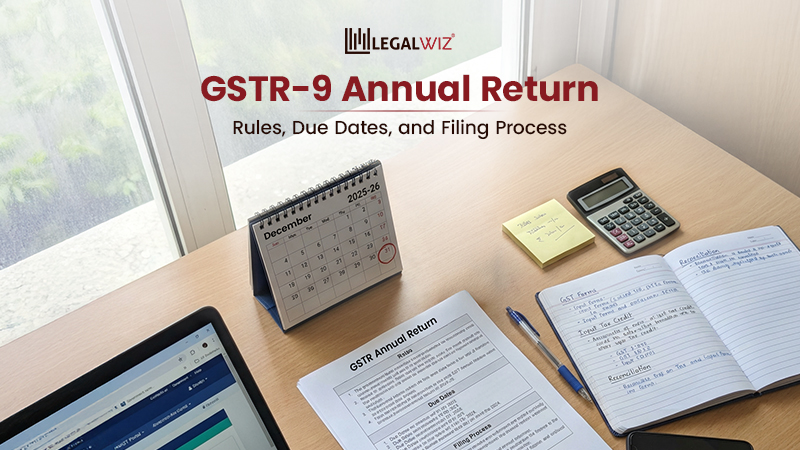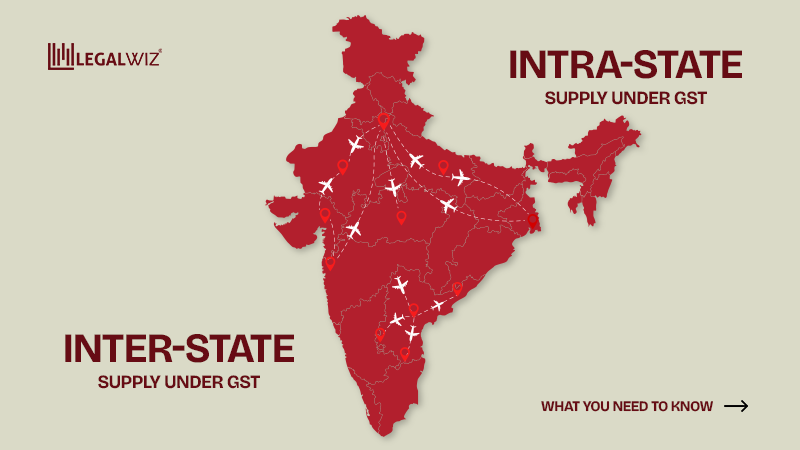Changes in the GST rule implemented from April 2021
As we all know, GST is a dynamic law. It has been going through several changes, addition and alteration from time to time. It is a notable change in the area of indirect taxation, which has a tremendous effect on the economy as well and all the businesses, regardless of their turnover, size, and operations.
As business owners, taxpayers, and tax consultants, we should be up-to-date with the all-GST rule changes to make wise decisions for our businesses and ourselves. It is essential to file GST return online.
Let’s look into the list of GST rule changes that would be applicable from the 1st of April, 2021.
E-invoicing mandate for companies whose turnover goes beyond Rs. 50 crores
According to GST notification 05/2021, e-invoicing is compulsory from the 1st of April 2021 for entities whose turnover exceeds Rs. Fifty crores in totality in any of the foregoing FY from 2017-18. Earlier, it was applicable for Rs. 500 crores+ turnover companies in October 2020 and later, it was also compulsory from the 1st of January 2021. Now, the government is pondering over to bring the smaller companies under the mandate considering the advantages of e-invoicing for MSMEs. With the inclusion and integration of the e-invoicing system with the other existing regulatory system and so forth.
The E-way bill and GSTN, overall, the businesses would stand to benefit, and the compliance must become an end-result of streamlined business processes.
HSN code in GSTR 1
The government has released that from 01/04 onwards, it would become compulsory to report a minimum of four-digit and six-digit HSN code in table-12 of GSTR 1 and tax invoice. The taxpayers require to offer HSN-wise the invoice value, tax amount, and taxable value in table-12 of GSTR 1. From 01/04/2021, the taxpayers require to offer HSN plus rate-wise taxable value and tax amounts in table-12 of GSTR 1.
All the tax invoices must include the proper HSN digits, detailed explanation of the services and products, correct tax rates for transparency, and escape future litigations. Under section 125 of GST, there is a penalty for any mistakes concerning GSTR 1. The HSN code number to be reported would be based on aggregate turnover on PAN, is foregoing fiscal year. For companies whose turnover is Rs. Five crore and above six-digit HSN is compulsory, while those below five crores require a four-digit HSN code.
Penalty for non-compliance with QR code on B2C transaction
Along with the e-invoicing for exports and B2B, a self-generated dynamic QR code for B2C transactions was scheduled to be applied for taxpayers whose turnover goes beyond Rs. 500 crores. But it got deferred, and a waiver was announced in GST notification 89/2020. As per the notification, taxpayers are obliged to print self-generated QR codes on B2C transactions from 01/04/2021, non-compliance, which might lead to a penalty on invoices generated from 01/12/2020. This QR code must enable the customers to make digital payments. Lately, GST circular no 146/2021 has also issued on this that clarifies that if payment is made before the generation of the invoice, instead of dynamic QR code, the cross-reference of payment would also do.
Reset invoice series
Rule 46(b) of the CGST rules, 2017 clarifies that any tax invoice must have a sixteen-character alpha-numeric invoice number unique for an FY as now we are into the new year 2021-22. This rule suggests that with the start of the new FY 2021-22 w.e.t. 01/04/2021, a new invoice series, unique for FY, will be started by GST taxpayers. Likewise, in rule 49 of the said act has also mandated the issue of a bill of supply by registered taxpayers availing composition scheme or supplying exempted services/goods or both.
HSN code is compulsory
According to GST notification 90/2020, taxpayers must include the eight-digit HSN code of specified products in their tax invoice.
Earlier, the eight-digit HSN code was compulsory to be included in GST invoice only for taxpayers whose turnover goes beyond Rs. 5 crores. Nonetheless, according to the notification mentioned above, the eight-digit HSN code is compulsory for all the tax invoices (specified products) regardless of the turnover. Notification 90/2020 amends notification 12/ 2017 and equivalent to notification 78/2020. This is one of the most crucial GST rule changes.
Also Read: Understanding HSN and SAC code under GST
Checking the physical stock
To be ready for income tax and GST audit, it is crucial that there has to be no distinction in physical stock with you an entry of the same in the book. One should also have a gaze at ITC reversals while checking the physical stock. If any distinction is located in both, then one must check if any sales are missed while in books.
Reversal of blocked credit
If you write off any inventory at the end of the year, according to section 17(5) of the CGST act, 2017, it is crucial to reverse the ITC of the same.
Letter of the undertaking
One should apply for LUT for the coming FY 2021-22 before 01/04/2021. This would make the sure smooth movement of zero-rated sales.
GSTR 3B/GSTR 1 entry vs. E-way bills vs. accounting entries and sales in the financial statements
There are five places where our sales are noticed. 1) GSTR 1 2) GSTR 3B 3) accounting entries 4) financial statements 5) E-way bills. It is crucial that the details of all five places have to be the same as per the GST rule. Deviance in the value at any place might lead to the payment of interest or mulct or negative marketing in audits.

Shalini Mathur
Shalini Mathur is associated with LegalWiz.in as Operational Executive of the Company, handling various MCA related compliance and various legal drafting.







